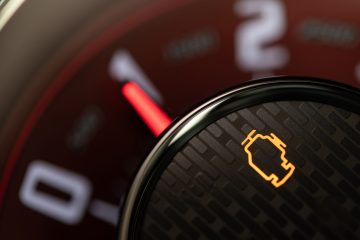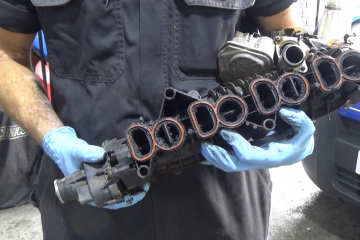A quarter of drivers who find headlight glare too much, are driving less at night, according to data from the RAC.
In addition, 22% of those surveyed said they wished they could stop driving in the dark. Findings from what is believed to be the most in-depth research into motorists’ views on the issue of headlight glare also revealed that 75% of those who drive less do so because intense headlights make the experience uncomfortable, or more difficult.
A further 49% say it is because they feel less safe, while 5% have stopped driving at night altogether.
Almost all drivers agree vehicle headlights can be too bright, with 36% believing most are, while 59% saying some are. Drivers aged under 35 are more likely to say most headlights are too bright, with 41%, as are those who drive conventional hatchbacks, estates and saloons. A total of 38% of this group said most are too bright, although it is still the case 29% of people who drive vehicles that sit higher on the road like SUVs say most are.
What is more, 61% who suffer from headlight glare say the problem has worsened in just 12 months, with only 26% disagreeing.
Looking at motorists who still drive at night, 17% say bright headlights leave them feeling tired and fatigued while driving, while 16% say they have suffered with headaches, migraines and/or eye pain. Meanwhile, 59% say dazzle makes driving more difficult and uncomfortable, a figure that rises to 65% for 65 to 74-year-olds and 67% for those aged 75 and over.
The factors of headlight glare
Headlight glare is a complex issue that may be caused by a variety of factors. These include the alignment of a vehicle’s headlights, changes in lighting technology, from halogen to bi-xenon and LED, and variations in vehicle height, as more drivers switch from conventional hatchbacks that sit lower on the road to higher-riding SUVs.
Following campaigning led by the RAC, Baroness Hayter, The College of Optometrists and others, the Government commissioned a project looking at the conditions most likely to lead to headlight glare, and to see what can be done to address them. The project is due to report by the summer.
Of the 97% of drivers who told the RAC they are affected by glare in some form, 79% say they find it hard to tell when some vehicles are indicating, while 77% say it is difficult to judge the position of oncoming vehicles on the road when their headlights are so bright.
Similar proportions struggle to judge the speed of these vehicles, with 74% highlighting this, while 67% find it difficult to see how far away they are. These findings suggest dazzling headlights are having a profound impact on some motorists’ confidence behind the wheel.
“With the exception of potholes, few motoring topics seem to rouse as much interest among the nation’s drivers right now as bright headlights,” said RAC senior policy officer Rod Dennis. “It is undisputable that public concern is increasing, but the reasons for glare and what can be done to reduce it are not nearly as clear.
That is why we are pleased the Government heeded the calls of the RAC and our partner organisations on this issue and commissioned an independent project to investigate it. We are aware other European countries are now taking the matter seriously, too.
Baroness Dianne Hayter said: “As this detailed study shows, virtually every driver experiences the problem of over-bright headlights, and many find the dazzle sufficiently problematic to stop or reduce their driving at night, with social and other costs. The RAC has produced the evidence, now the Government needs to act, whether on the colour, intensity or angle of these glaring lights.”
The RAC website has a full guide to headlight glare, including tips for drivers on how to avoid it, and how to avoid accidentally dazzling other road users.



